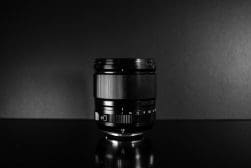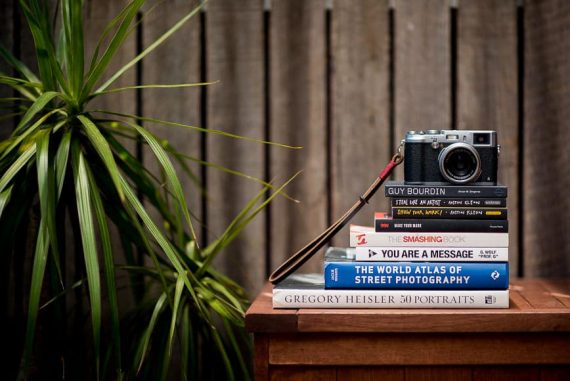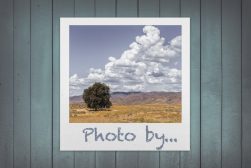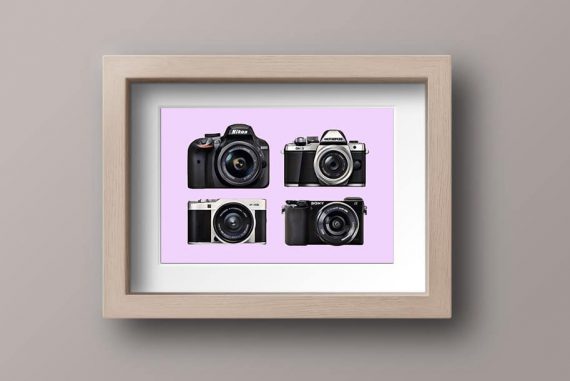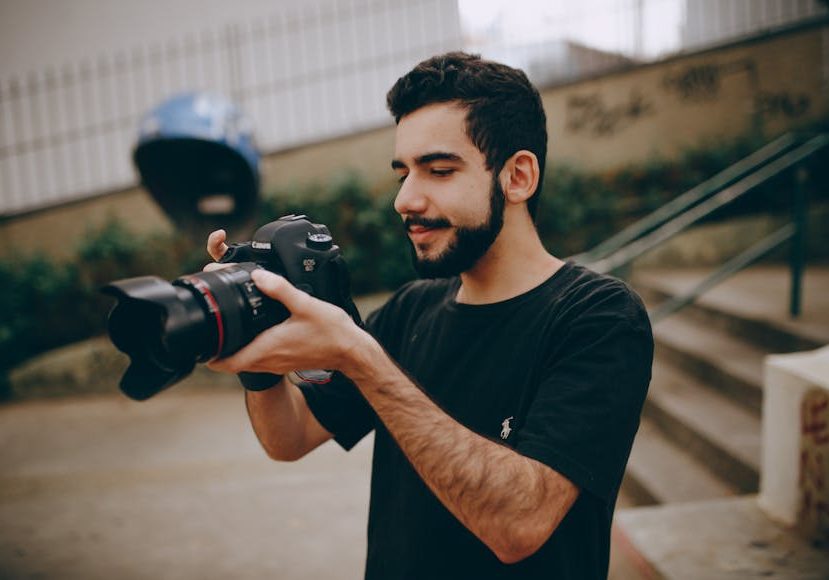
Top 5 Beginner Photography Mistakes and How to Avoid Them
Discover the top 5 beginner photography mistakes and learn how to avoid them with practical tips to improve your skills and capture better photos.
Learn | By Ana Mireles
Shotkit may earn a commission on affiliate links. Learn more.
Are you a beginner in photography? You might be making these five common mistakes.
Don’t worry, though; they’re easy to avoid as they don’t involve spending money on gear, attending classes, or anything like that. It’s all about your approach.
If you’re ready to overcome the first obstacles every beginner photographer faces, keep reading.
Top 5 Beginner Photography Mistakes and How to Avoid Them
Most people starting in photography focus on what they should do, learn, and improve – and that’s great!
However, it’s also important to consider what you shouldn’t do. This is why I decided to write about these five beginner photography mistakes.
Don’t worry; I’ll also give you some tips to avoid them. So, let’s get to it.
1. Shooting at eye-level
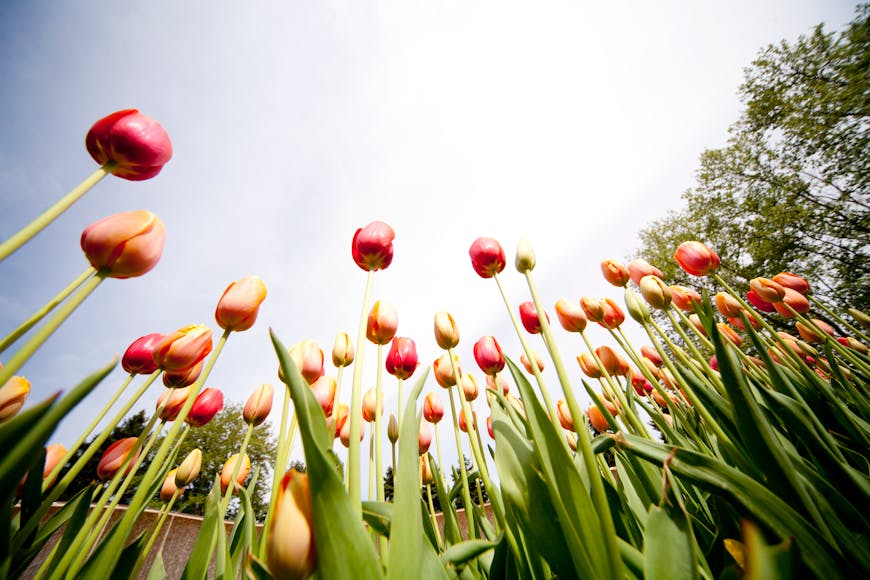
Credit: Ameliacui
Nowadays, everyone takes photos regularly – even those who don’t have an interest in photography.
Whenever we see something that interests us, we raise our camera or phone to eye level and take a picture. This way, we capture what we’re seeing.
Beginner photographers often keep this habit and don’t realize that it’s not the best practice. As a photographer, you don’t just want to capture what you see. Instead, you want to capture the world with a unique vision.
You should also avoid keeping your camera at eye level when shooting portraits, as this will not produce flattering pictures.
So, the next time you want to photograph something, get down on the ground (aka, worm’s eye view), climb on a chair, raise your arms, etc.
In short, try different perspectives – you’ll be amazed at how your images will improve.
2. Over-rating camera settings cheat sheets
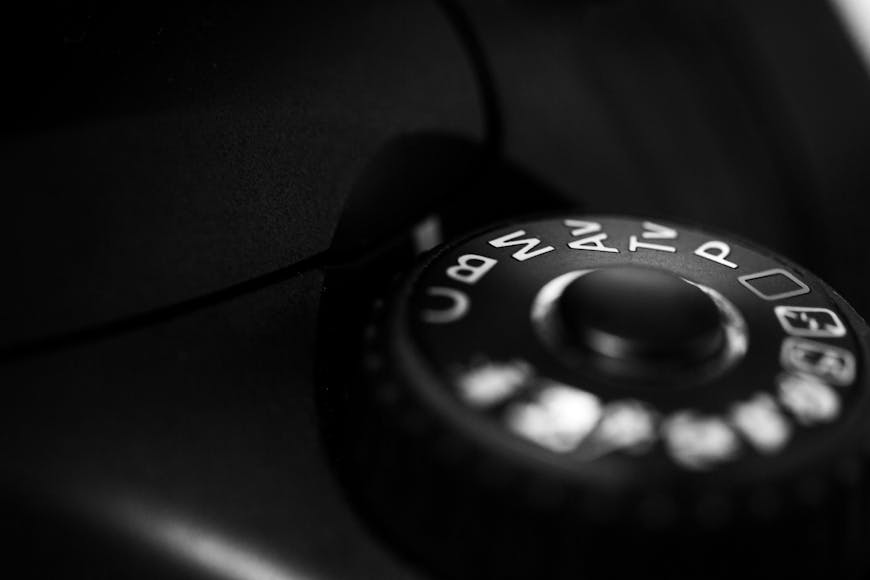
Credit: Ellis
One of the most challenging things about learning photography is stepping out of auto-mode. Learning to use the camera settings in the best way can be daunting, and that’s why many people rely on the so popular “best settings for x” cheat sheets.
Many people don’t realize that there isn’t a one-size-fits-all solution in photography. The best settings depend on two things.
First, the unique conditions of the scene. This refers to the amount of light, where the light is coming from, how fast your subject is moving, how far away from the subject you are, etc.
Second, the results you want to achieve. Do you want a narrow or a deep depth of field? Do you want to freeze or blur the subject? If blurred, how much? How much noise is acceptable to you? And so on.
So, the best way to learn which settings to use is to stop relying on cheat sheets and start practicing. Try bracketing your pictures and see how the picture changes.
If you’re not yet comfortable with manual mode, you can use semi-automatic modes. This method will help you master the camera settings much faster than the cheat sheets.
3. Focusing too much on the gear
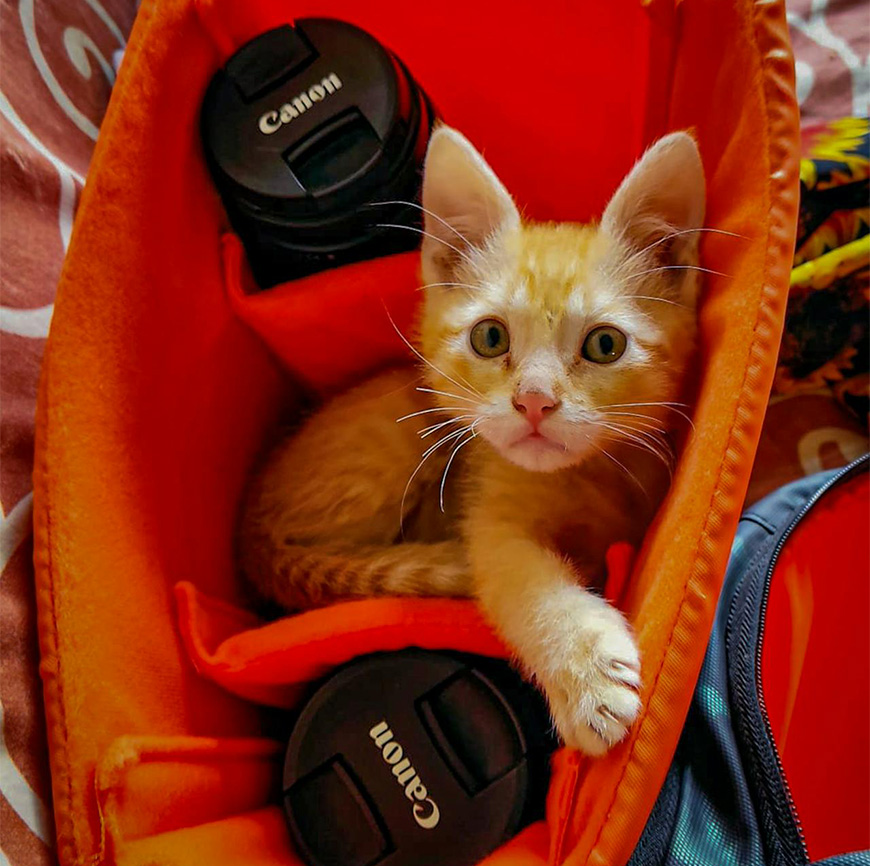
Credit: Anya Juarez Tenorio
Another beginner photography mistake is overemphasizing the need for equipment. Sometimes, you think you can’t do one thing or another until you get a better camera or a specific lens.
While it’s true that specific tasks, especially at a professional level, do require upgraded gear, you can certainly start learning and practicing with whatever you have.
How Much Do You REALLY Know About Photography?! 🤔
Test your photography knowledge with this quick quiz!
See how much you really know about photography...

You can use your camera phone to learn composition. You can learn about the exposure triangle and take excellent pictures with a crop-sensor camera if you don’t have a full-frame mirrorless.
Beyond the basics, there are many budget-friendly alternatives to specific photography types, such as diopters or extension tubes for macro shots.
Also, there are tons of photographic accessories that you can DIY. So, don’t wait until you have all the gear to start photographing – which, by the way, is a never-ending wish list.
Get creative and find another way – and if there isn’t one, you can rent.
4. Missing the point of editing
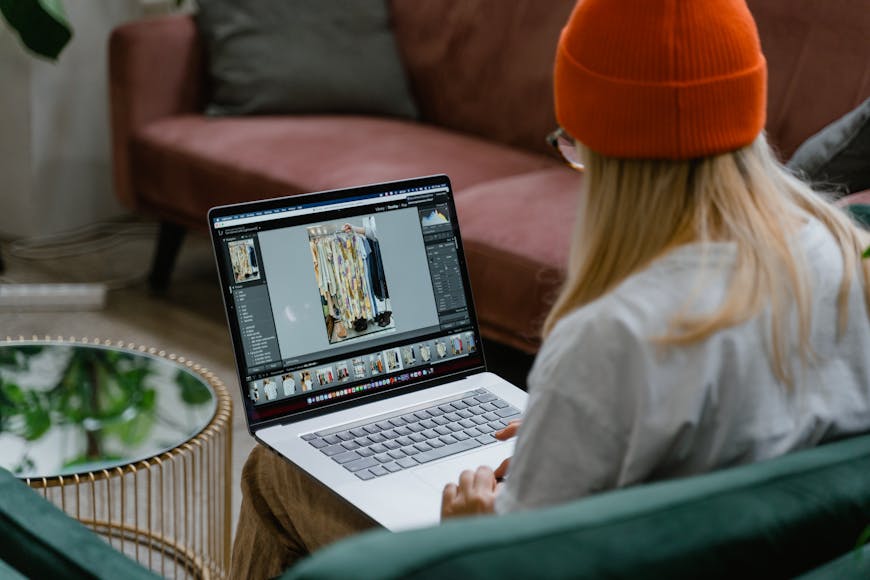
Credit: Mart Production
Editing is a very polarising issue in beginner photography. Some people hate editing; they consider it cheating and demonize it without even trying it.
Others love it. They over-edit your pictures, resulting in unrealistic images that are not aesthetically pleasing.
Understanding the role of post-production in photography is key to avoiding these pitfalls. Editing is part of digital photography, just like developing and printing were in film photography.
You need excellent skills to master editing techniques and use them to your advantage. Start by shooting raw files and learn how to develop them properly.
Then, experiment with editing techniques until you learn how you like your pictures and develop your personal style.
Most importantly, don’t get sloppy during the photo shoot, thinking everything can be fixed in post – that’s not what editing is about. Of course, it can help, but it’s not an excuse to be lazy or not pay attention to detail.
Lastly, don’t limit yourself. Technology can help, so try it and see if it fits your needs before forming an opinion.
5. Overthinking

Credit: Betusmusum
I’ve seen this happen to many people starting in photography – and it also happened to me way back when.
Once you start learning, you stop shooting. At first, you love photographing everything and consider yourself somewhat good at it – that’s why you decide to take a more serious approach to photography.
However, as soon as you start reading, watching tutorials, or taking classes, you may overthink. Now, you’re reflecting too much about what the subject should be and waiting for the light to be as you want it.
Or maybe you’re thinking about everything you’ve been doing “wrong” and how much you need to consider now, such as composition, settings, etc.
Eventually, it becomes overwhelming, and you forget the joy of photographing. Plus, you shoot less, meaning you’ll take longer to learn and improve.
If you’re not sure if this is your case, check out this experience from The Photographic Eye and see if it rings a bell.
So, remember that not everything has to be a masterpiece or even be worthy of showing to someone else. If you don’t shoot, it will never be.
Find your balance between learning and practicing – and most importantly, enjoy every step of the way.

Check out these 8 essential tools to help you succeed as a professional photographer.
Includes limited-time discounts.





